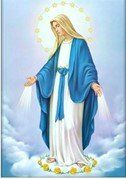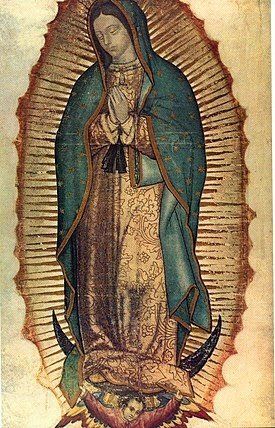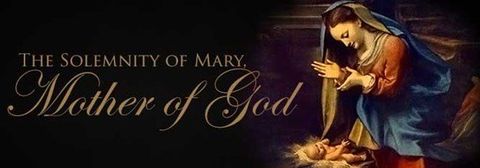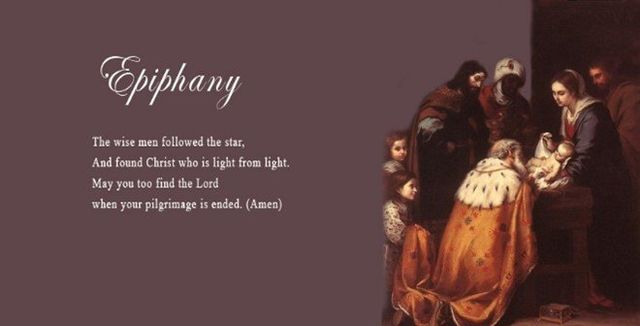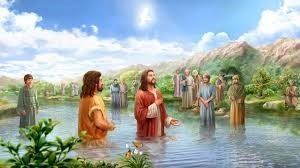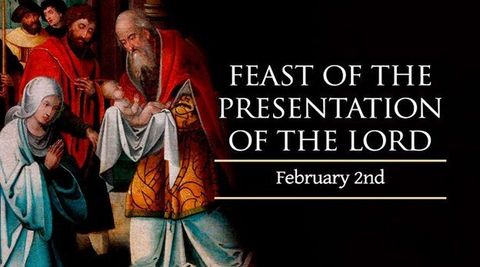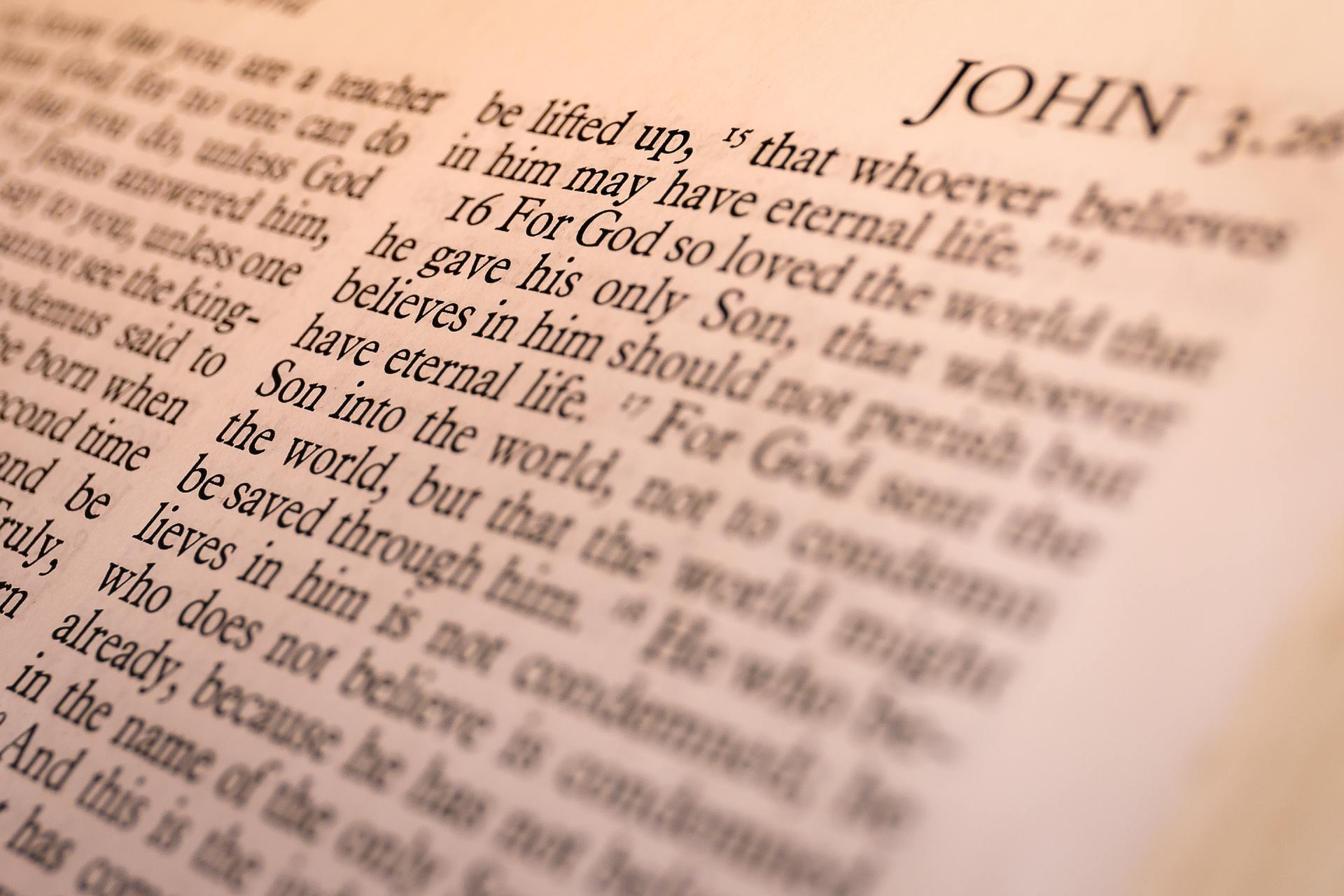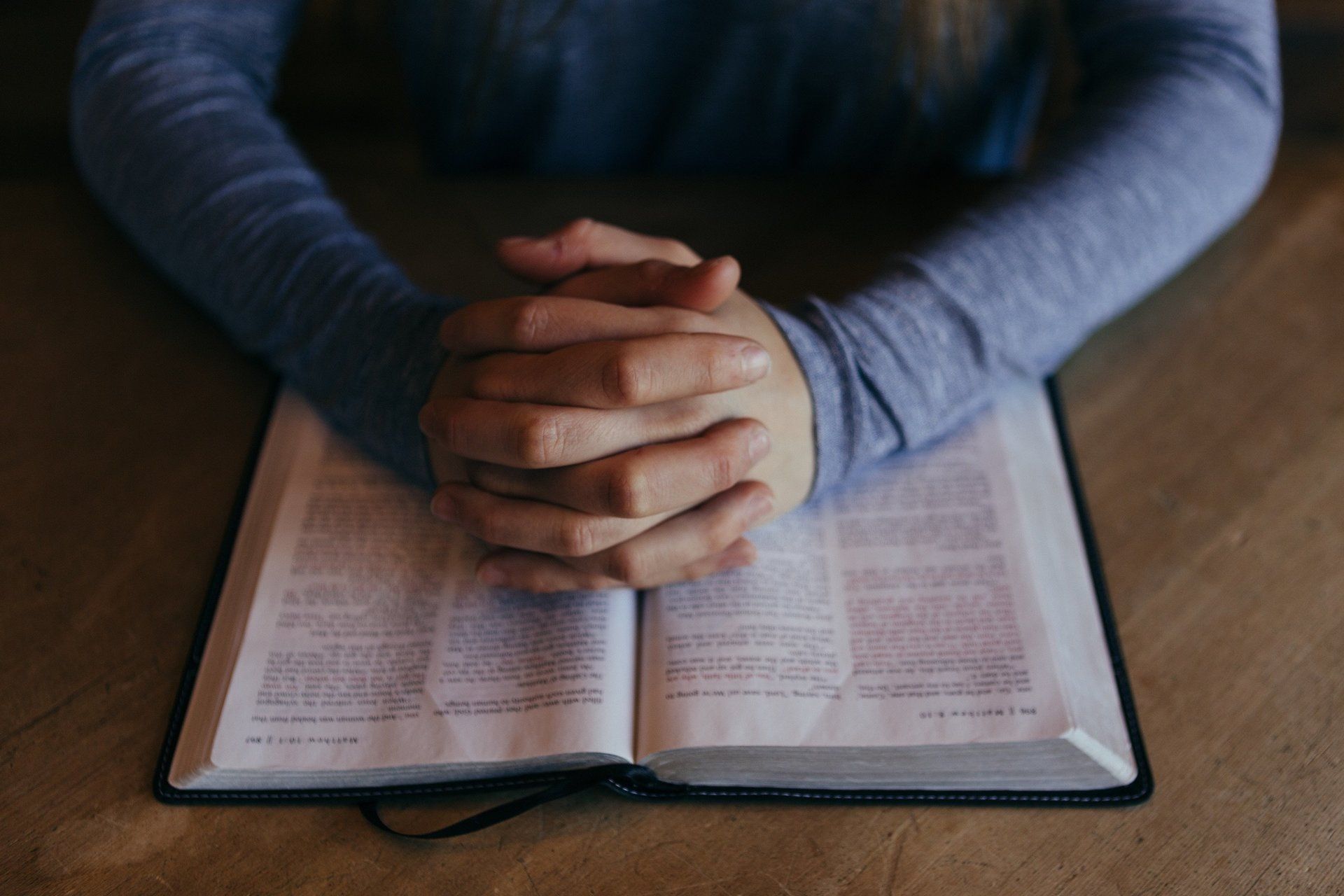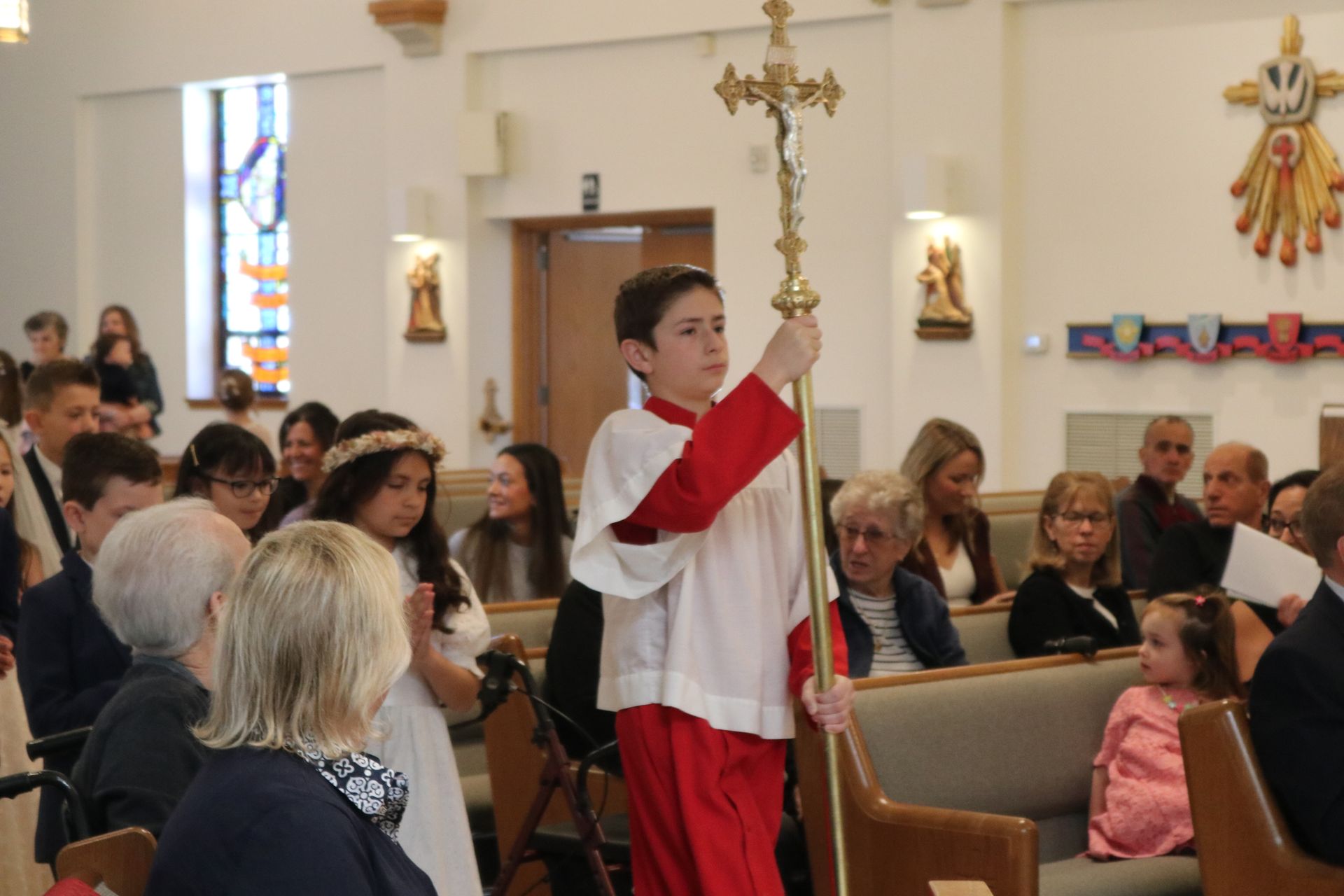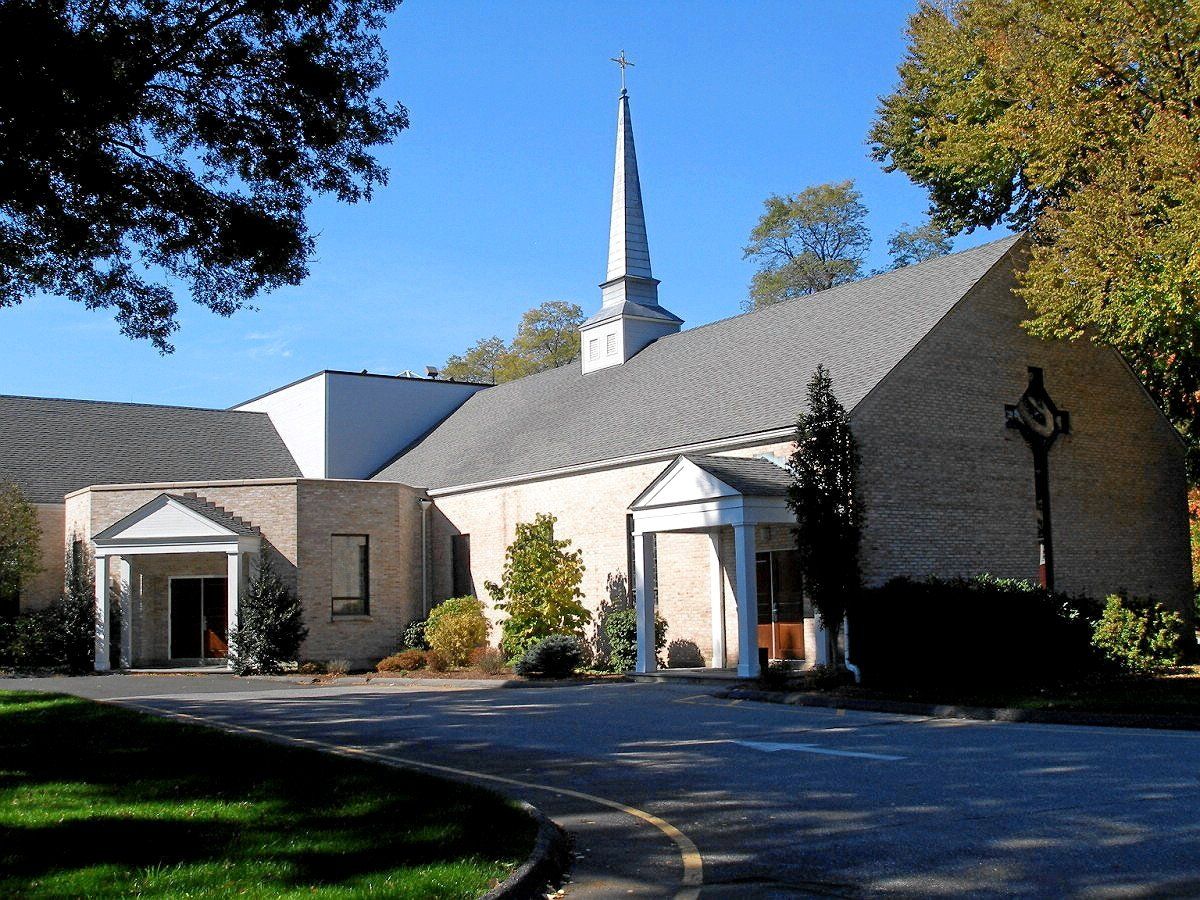Advent and Holy Days
Advent
Advent is a season of the liturgical year observed in most Christian denominations as a time of expectant waiting and preparation for both the celebration of the Nativity of Christ at Christmas and the return of Christ at the Second Coming. Advent is the beginning of the liturgical year in Western Christianity. Wikipedia
Date: Sun, Nov 29, 2020 – Thu, Dec 24, 2020
Significance: Preparation for the commemoration of the birth of Jesus
Immaculate Conception
The Immaculate Conception is a dogma of the Catholic Church which states that the Virgin Mary was free of original sin from the moment of her conception. Wikipedia
Feast: December 8 (Roman Rite); December 9 (Byzantine Rite)
Our Lady of Guadalupe
Our Lady of Guadalupe (Spanish: Nuestra Señora de Guadalupe), also known as the Virgin of Guadalupe (Spanish: Virgen de Guadalupe), is a Catholic title of the Blessed Virgin Mary associated with a series of five Marian apparitions in December 1531, and a venerated image on a cloak enshrined within the Basilica of Our Lady of Guadalupe in Mexico City. The basilica is the most visited Catholic pilgrimage site in the world, and the world's third most-visited sacred site.
Pope Leo XIII granted the image a canonical coronation on 12 October 1895.
The true meaning of Christmas is a phrase that began to appear in the mid-19th century when a shift toward a more secular culture resulted in a national backlash. Christians began to see the secularization of the celebration day of the birth of Christ as the shift toward Santa Claus and gift exchanging replaced the celebration of the advent of Christ and giving to the poor and needy without expectation of receiving anything in return. The poem A Visit from St. Nicholas (1822) helped popularize the tradition of exchanging gifts, and seasonal Christmas shopping began to assume economic importance. Harriet Beecher Stowe criticizes the commercialization in her story "Christmas; or, the Good Fairy".[1] An early expression of this sentiment using the phrase of "the true meaning" is found in The American magazine, vol. 28 (1889):
"to give up one's very self – to think only of others – how to bring the greatest happiness to others – that is the true meaning of Christmas."
Solemnity of Mary, Mother of God - Feast Day - Friday, January 1, 2021
The Solemnity of Mary, the Holy Mother of God is a feast day of the Blessed Virgin Mary under the aspect of her motherhood of Jesus Christ, whom Christians see as the Lord, Son of God. It is celebrated by the Roman Rite of the Catholic Church on 1 January, the Octave day of Christmastide.
Epiphany
Epiphany (/ɪˈpɪfəni/ i-PIF-ə-nee) is a Christian feast day that celebrates the revelation (theophany) of God incarnate as Jesus Christ. In Western Christianity, the feast commemorates principally (but not solely) the visit of the Magi to the Christ Child, and thus Jesus' physical manifestation to the Gentiles.
Baptism of the Lord
The Baptism of the Christ, or Theophany, is the feast day commemorating the baptism of Jesus in the Jordan River by John the Baptist. Originally the baptism of Christ was celebrated on Epiphany, which commemorates the coming of the Magi, the baptism of Christ, and the wedding at Cana. Wikipedia Date: Sunday, January 10, 2021.
Presentation of Jesus at the Temple
The Presentation of Jesus at the Temple is an early episode in the life of Jesus, describing his presentation at the Temple in Jerusalem in order to officially induct him into Judaism, that is celebrated by many Christian Churches on the holiday of Candlemas. Wikipedia February 2, 2021.



